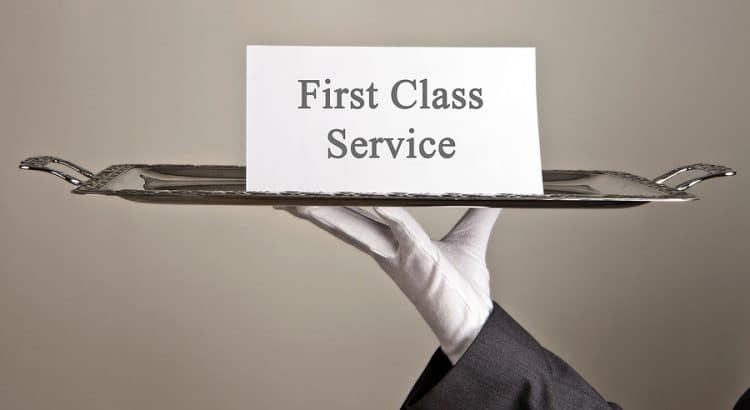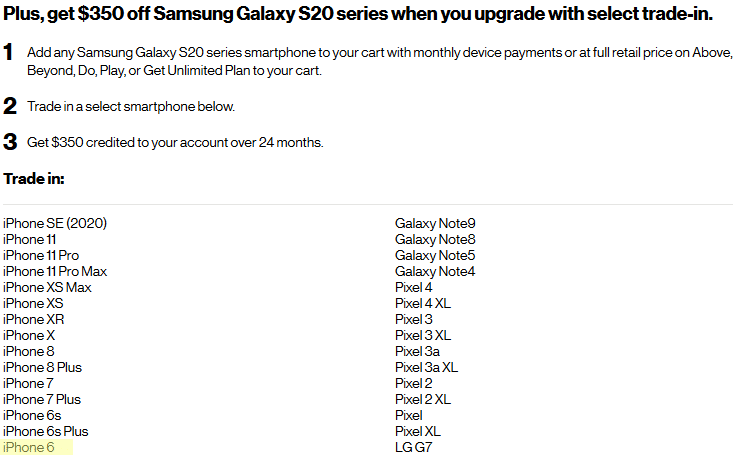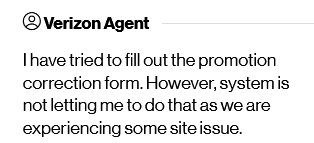A user on Reddit recently shared a glowing review of a premium support program Mint Mobile is testing. Here’s an excerpt:
Totally rocks! live human support seven days a week…Best tech support I have ever received from any carrier. Totally knowledgeable about carriers, devices, LTE bands, settings.
It’s great to see Mint experimenting with potential improvements to the customer support experience. I’d love to have more carriers buck the norms of lousy support, convoluted phone trees, and long hold times.
As best as I can tell, Mint is considering using Treatmint as an add-on service or a perk on premium plans. The idea of allowing subscribers to pay for better support is interesting. There’s an argument that charging for good support is both fair and efficient. Some people rarely call customer support and try their hardest to resolve issues without help. Does it really make sense for these people to subsidize the costs of subscribers that call customer support regularly?
On the flip side, I worry that a premium support program could create perverse incentives. Carriers charging for premium support might let the quality of their regular support decline so that more people pay for premium service.









